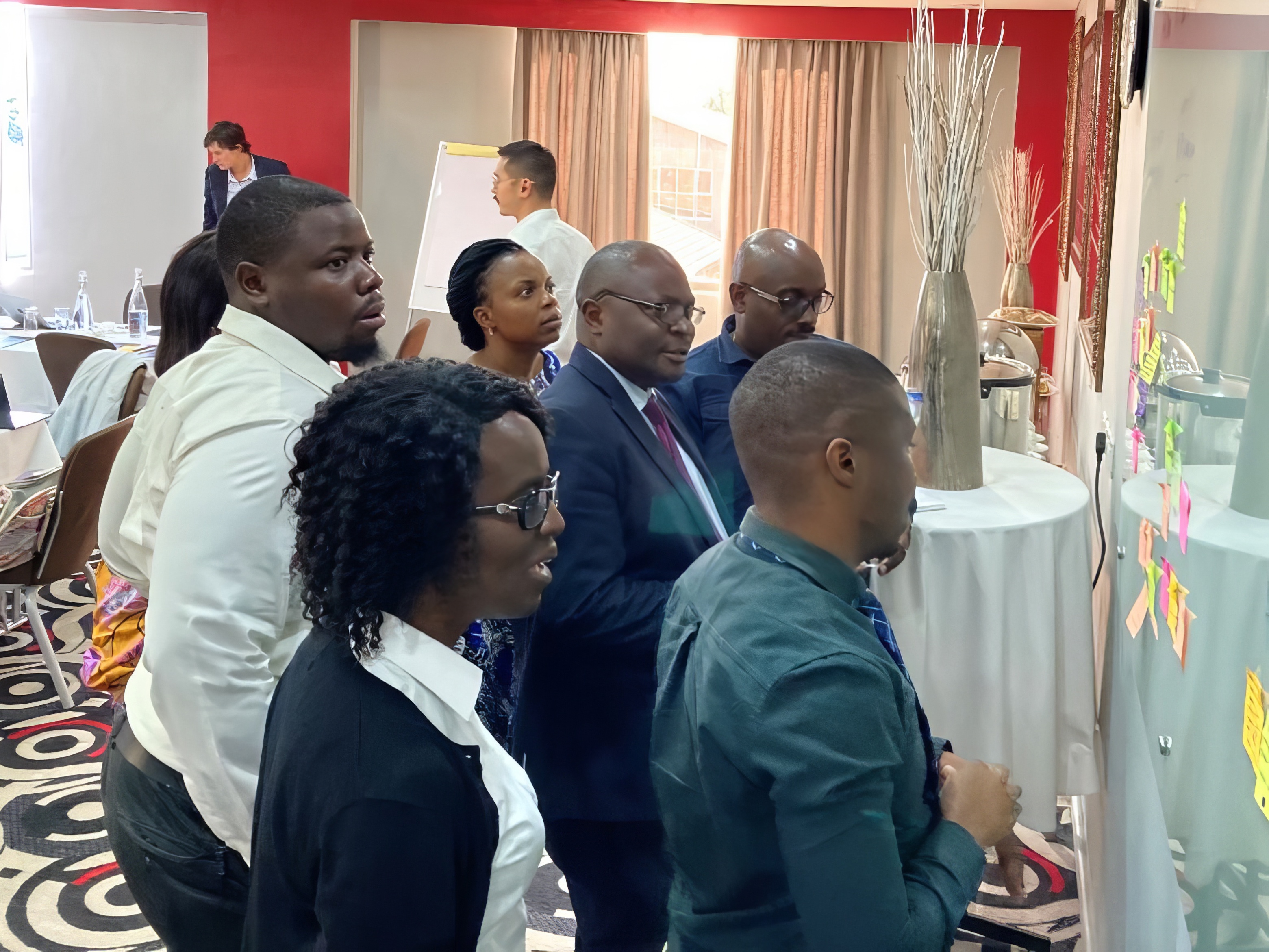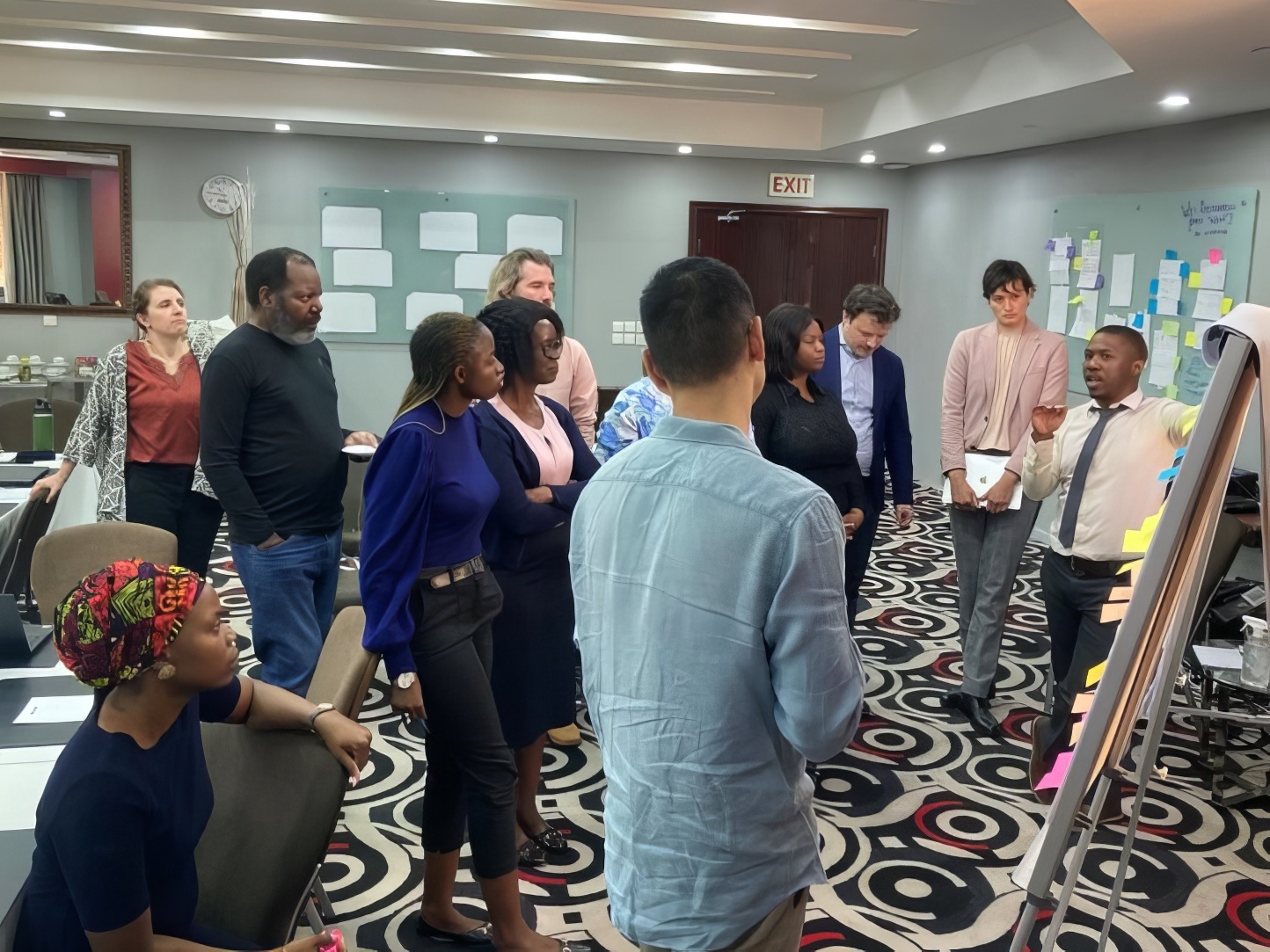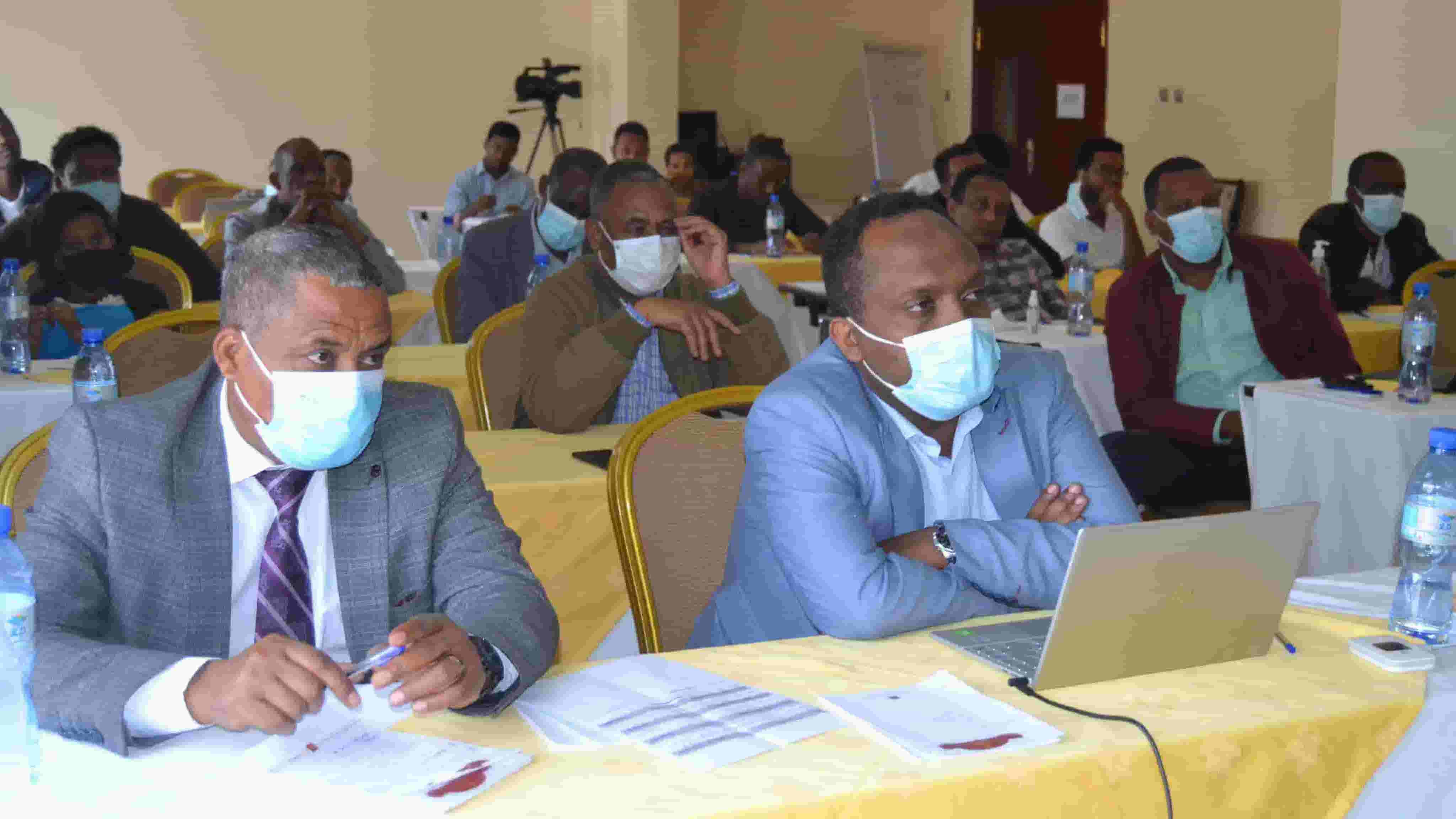Download All Country Data
In an infectious disease outbreak, time is of the essence. Public health agencies need to mobilize quickly, bringing together complex teams of technical experts to stop the disease in its tracks. This process must be seamless, as every extra day taken to mount an effective response costs lives, disrupts health systems and damages economies. But outbreak response is about more than boots on the ground—having common, well understood workflows and systems across surveillance and response teams, enabled by the right tools and technologies, can enhance collaboration and lead to more effective responses.

Zambia National Public Health Institute (ZNPHI) has implemented surveillance systems that capture signals and reports of suspected cases of priority infectious diseases. These systems can also capture individual level care and case management information, but they aren’t designed to jointly track and coordinate public health events and response efforts nationally or across a specific area, making it impossible to see a complete picture of a single outbreak—let alone all the outbreaks happening in the country at any given time. Without a coordinating platform, monitoring and assigning responsibilities to different team members across sectors and agencies is a challenge that hinders the team’s ability to quickly respond to outbreaks.
ZNPHI’s vision for the future is one where their existing surveillance systems are complemented by an application that enables coordination and collaboration of outbreak and response management workflows between its surveillance and response teams. But designing such a solution using traditional business system design methods is complicated, often requiring considerable budget and taking months, if not years, to create.
Building at low cost and high speed
In partnership with Resolve to Save Lives (RTSL), ZNPHI has taken a different approach to developing its outbreak surveillance system—a design sprint. Pioneered at Google in 2010, and now hugely popular throughout the tech world, a sprint involves bringing a small group of key stakeholders together to work on a specific business problem for an intensive, one-week workshop. Our Director of Design, Daniel Burka, was an early proponent of the methodology during his time at Google, and with his help, RTSL has applied it to many public health challenges. For instance, our award-winning Simple app—now used to manage the blood pressure of more than 4 million patients—got its start in a design sprint.

Sprints typically follow the same structure. On day one, the team defines the problem. On day two, they suggest solutions to the problem. On day three, they decide which solution is most likely to work. On day four, they build the solution. And finally, on day five, they test it with users. This is the same schedule followed by RTSL and ZNPHI. They joined forces for one week—along with partners from the World Health Organization, UK Health Security Agency, Africa Centres for Disease Control and Prevention, Nigeria Centre for Disease Control and Prevention and United States Centers for Disease Control and Prevention—to design a solution supporting the workflows between ZNPHI’s surveillance and response clusters to track and manage public health events.

“Design sprints aren’t just for startups. They can also be a powerful tool for advancing health security,” said Gloria Nunez, a Senior Technical Advisor at RTSL who led the design sprint. “They force teams to quickly prioritize, encourage collaboration between teams that might not typically work together, and ultimately speed up learning to generate new solutions. We’re optimistic that this approach can potentially transform outbreak response efforts at ZNPHI and other public agencies.”
According to Nunez, by far the biggest success factor for the sprint was having a room of engaged participants willing to bring their expertise and enthusiasm to a packed week and tight schedule. She says the RTSL facilitators aimed to create a space for ZNPHI to communicate the system’s requirements, trusting that the sprint methodology would allow ZNPHI’s expertise to shine and their ideas to flourish. Nunez also said it was essential to identify a leader at ZNPHI who could embrace the sprint, champion the project, and serve as a trusted conduit to other stakeholders. That leader was Professor Nathan Kapata, ZNPHI’s Director of Emergency Preparedness and Response.
“We brought together a dozen talented experts in diverse areas from epidemiology and public health to technology and design. Those different perspectives made the sprint an enjoyable experience and a success,” Kapata says. “And among the team were arguably the most important stakeholders for designing a new surveillance system—the intended end, who kept our team on track to make sure the system met their needs.”
The team comprised experts from across ZNPHI with a deep understanding of the outbreak response process, including epidemiologists, designers, technologists, and public health experts. This was essential to developing a new system that would work outside the context of the sprint. “If your design isn’t user-centered, your system isn’t going to meet the users’ needs,” says Nunez. “By engaging with end users who could complement our approach based on their job responsibilities and technical expertise, we’re making sure that ZNPHI’s new system will ultimately serve the people it’s intended to support.”
Giving ZEBRA its stripes
In less than five days the team built and tested a prototype, or early model, for ZEBRA (“Zambia’s Emergency Bridge for Response Application”), an outbreak surveillance system designed to seamlessly integrate with ZNPHI’s existing systems—providing visibility on outbreaks across the country and allowing for a faster, better response.
![]()
And it’s simple to use. Let’s say a nurse identifies a case of cholera at a rural clinic. Once that nurse notifies ZNPHI, a person known as the “incident manager” gets an email or text alert. That’s their cue to log in to ZEBRA and figure out what’s happening. After logging in, they can see relevant information about the disease and outbreak, including the number and geographic distribution of cases.
Having conducted a quick assessment of the outbreak, the incident manager can then use ZEBRA to onboard additional team members and assign them tasks to complete. Those team members get notified that they’re needed, log in to the system and get to work. Together, the assembled team can communicate, collaborate on shared documents, and conduct critical risk assessment activities, culminating in the production of an “incident action plan,” the ultimate output from ZEBRA that the team can later use to track their progress and shape their response to the outbreak. In short, ZEBRA elegantly combines functionality from across multiple software systems in a single app, providing ZNPHI with valuable insights that could help them thwart the next big outbreak.
At the conclusion of the sprint, ZEBRA still needed further development. Now, ZNPHI will continue adding essential core functionality so that the system can be used in response operations: “The sprint was excellent motivation to get started on this important work,” Kapata says. “We’ll be developing extra features highlighted by our staff, including better geographic maps, expandable graphs, and more detailed district-level data. Eventually, we also want ZEBRA to serve as a model system for other agencies.”
For Nunez, this sprint provided valuable insights to improve her team’s methodology—while also creating new opportunities to continue partnering with ZNPHI: “We’re extremely pleased with the sprint. It validated the use of design sprints in public health, but also highlighted areas for simplifying our instructions and improving on timeboxing certain exercises which we can now address. We’re confident this approach can help other public health agencies and we’re excited to work with new partners.”
She added, “As for ZNPHI, we’re thrilled to able to move forward with the implementation of ZEBRA. To maintain this momentum, we’re working closely with Professor Kapata and his team to find the right partner to implement ZEBRA. In this process, key actions involve ensuring an implementation that incorporates effective change management, reinforcing and enhancing workflows between surveillance and response, and optimizing the utilization of the existing ecosystem of surveillance applications. Using user-centered design principles and agile development our goal is to quickly launch the Institute’s first operational outbreak surveillance system in early 2024.”






